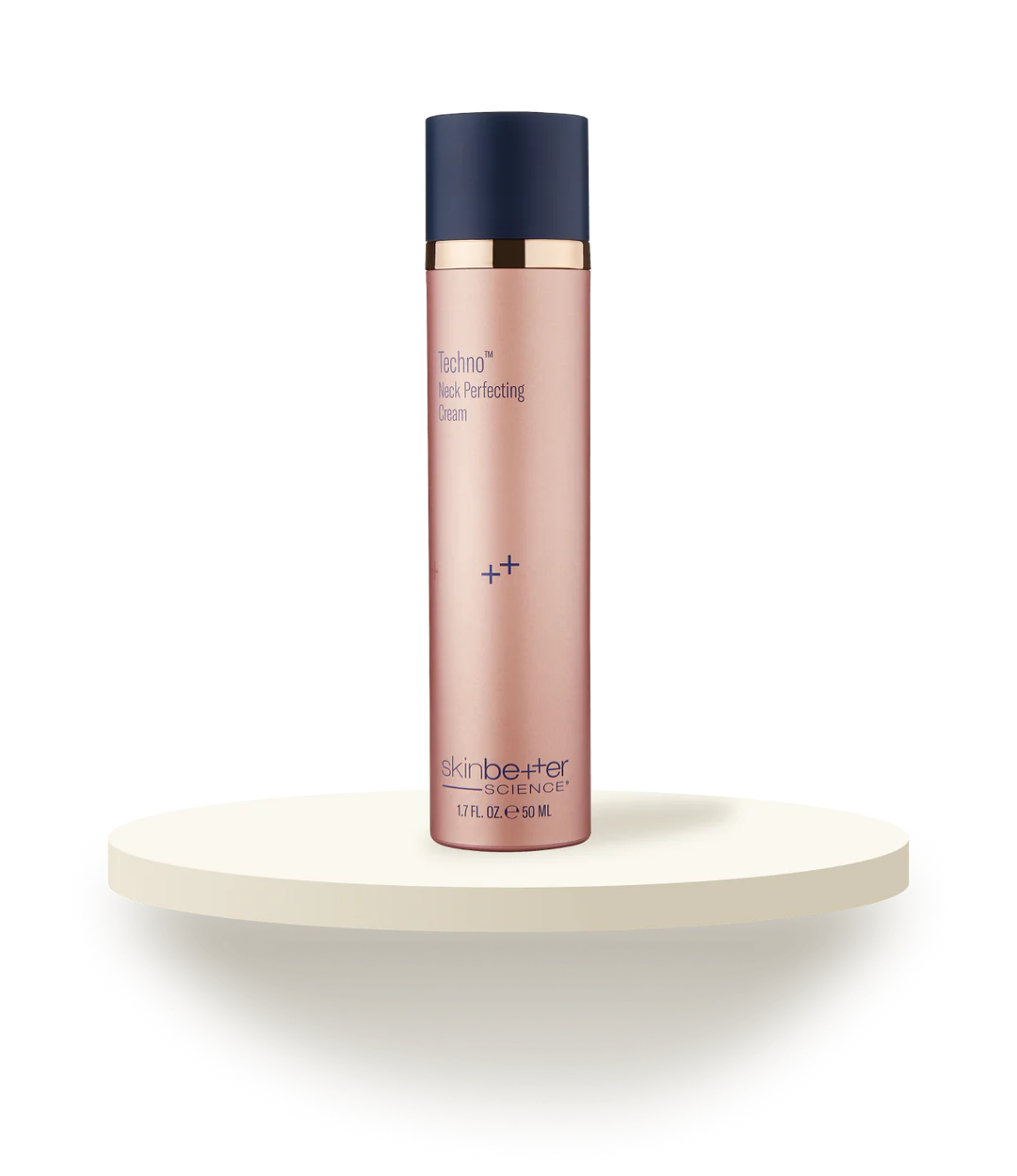Overcrowed Teeth and Children
Childhood is the best time to address the issue of overcrowded teeth because catching it early can prevent long term problems. While overcrowding is generally a hereditary issue, it can also be caused by other factors, such as thumb-sucking, cleft lips, and cleft palates. Whatever the cause of overcrowding, early treatment can prevent long-term and more difficult problems including tooth impaction. Tooth impaction refers to a phenomenon in which permanent teeth get stuck to either the roof of the mouth or the lower jaw.
Overcrowding and Wisdom Teeth
There is certain discord concerning impacted wisdom teeth or third molars, which contributes to the development of overcrowded teeth. A study specifically done to understand the correlation between the wisdom teeth and the problem of overcrowding found that while US practitioners, namely oral surgeons and orthodontists, may differ in opinion concerning wisdom teeth and overcrowding, many still agree that the wisdom teeth create added pressure to the existing teeth, leading to the problem of overcrowding. Therefore, despite their preferences, most still recommend removing the wisdom teeth to prevent issues from occurring. Not only can impacted wisdom teeth cause unnecessary pain, but they can also put pressure against existing teeth. This pressure can cause the teeth to shift and become overcrowded. Removing the wisdom teeth prevents overcrowding by ensuring the teeth get the space they need to be properly aligned.
Overcrowed Teeth Solutions; Braces
The best way to correct the problem of overcrowded teeth is through braces. There are a few different options, and they are each defined below:
Traditional Metal Braces
The most common choice for correcting overcrowded teeth is that of traditional metal braces. This is the system that most of us are familiar with, and includes metal brackets cemented to the enamel at the front of the tooth. You will need to see an orthodontist for the application and should expect regular appointments for tightening, realignment, and adjustments. The main drawback to this method is the visibility of the brackets and wires. This method sometimes causes issues with self-confidence, but keep in mind that the braces are a temporary means of achieving permanent results.
Lingual Braces
If you are concerned that traditional metal braces would impact your self-esteem or daily life, lingual braces might be an option. These work in much the same way traditional metal braces work, but whereas traditional braces are attached to the front enamel, lingual braces are cemented to the back of the teeth next to the tongue.
Damon Braces
This orthodontic treatment is said to work more quickly and painlessly than more traditional methods. That, in part, is due to the passive way the system works. Damon braces operate through a high-tech wire that easily slides through the brackets of the lower and upper teeth, allowing for a passive system of orthodontic braces that requires minimal readjustments compared to regular braces. This method rarely needs the extra work of palatal expanders, teeth extractions, or other orthodontic appliances to move teeth into the correct positions, which is a bonus of the self-ligating Damon system.
Clear Aligners and Invisalign®
These are great crowded teeth treatment options for those who might feel self-conscious about having to wear braces. You may need x-rays of the upper jaw and lower jaw to determine the extent of the overcrowding issue, but these aligners, such as Invisalign®, ClearCorrect, and Simpli5, are purposefully created to blend in with the natural tooth enamel. This method requires continuous wear (20+ hours per day) of customized aligner trays that are made from strong, clear plastic. Each tray is worn for a prescribed period before treatment is complete. Afterward, results are maintained by wearing a retainer. A benefit of this option is that these are removable braces, meaning that if you wish to remove them for a short period (wedding, family pictures, etc.), you can do so without any major complications.
